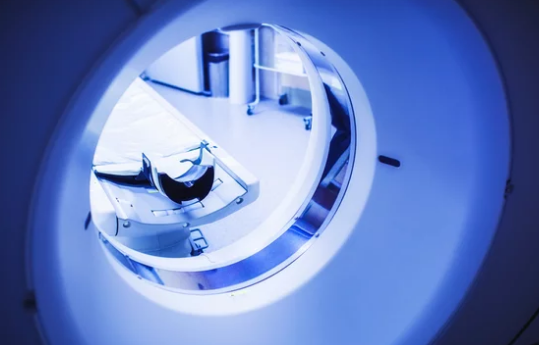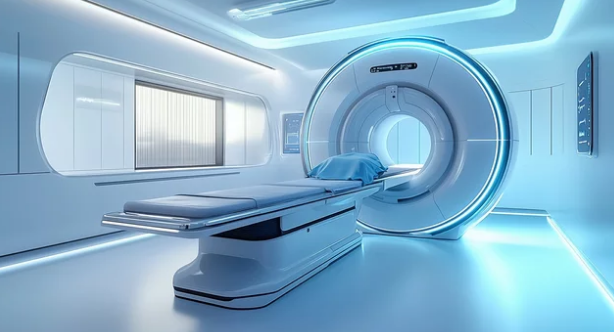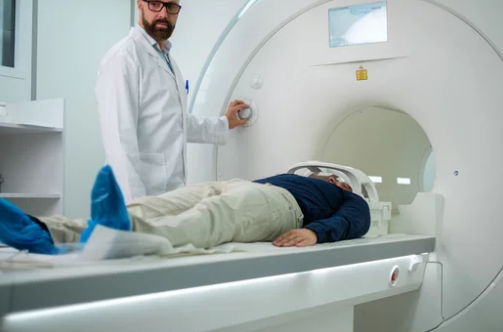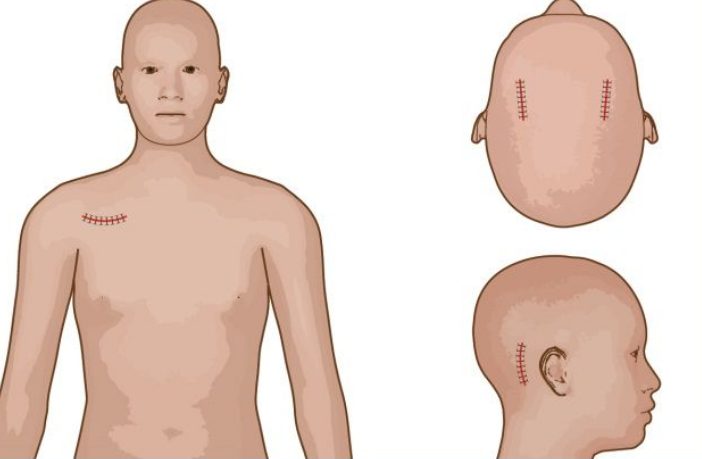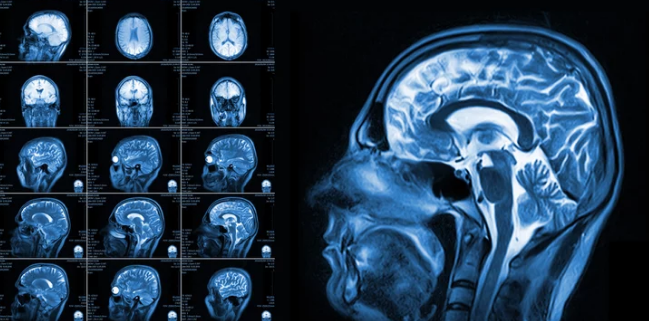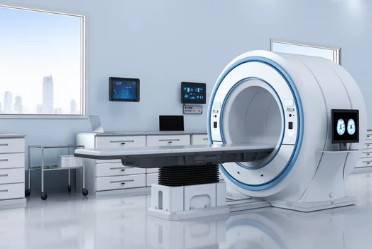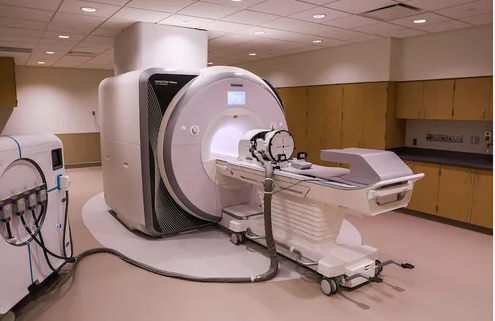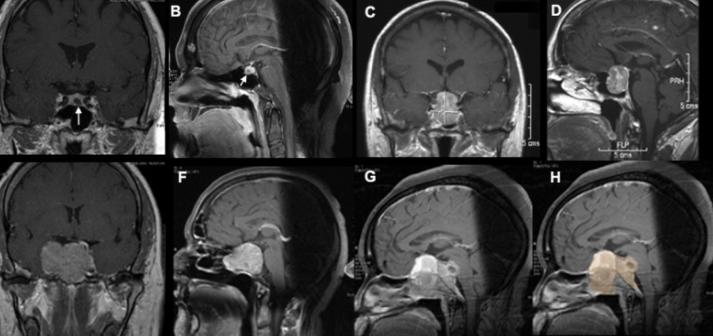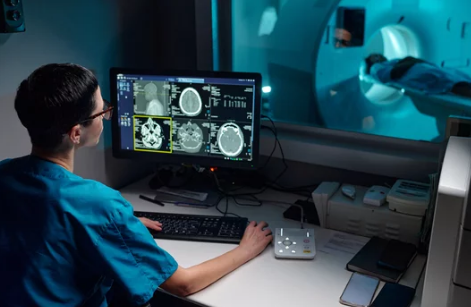Magnetic Resonance Imaging (MRI) has long been a cornerstone in medical …
MRI
Advanced MRI Techniques for Early Cancer Detection
Early detection is critical in the fight against cancer, as it …
How Accurate Is MRI in Detecting Cancer?
Magnetic Resonance Imaging (MRI) has become a cornerstone of modern cancer …
Can MRI Detect Lung Cancer? Here’s What the Research Says
Lung cancer remains one of the most common and deadliest cancers …
Liver Cancer and MRI: A Powerful Imaging Tool
Liver cancer is a serious and often life-threatening disease, but early …
MRI in Brain Tumor Diagnosis: What You Should Know
Brain tumors are among the most challenging conditions to diagnose and …
How MRI Helps Monitor Prostate Cancer Progression
Prostate cancer is one of the most common cancers among men …
Using MRI to Detect Breast Cancer Early
Breast cancer is one of the most common cancers worldwide, and …
Why Your Doctor Might Recommend an MRI for Cancer
When facing a possible cancer diagnosis, your doctor may suggest several …
The Role of MRI in Staging Cancer
Cancer diagnosis is not just about finding a tumor—it’s also about …
